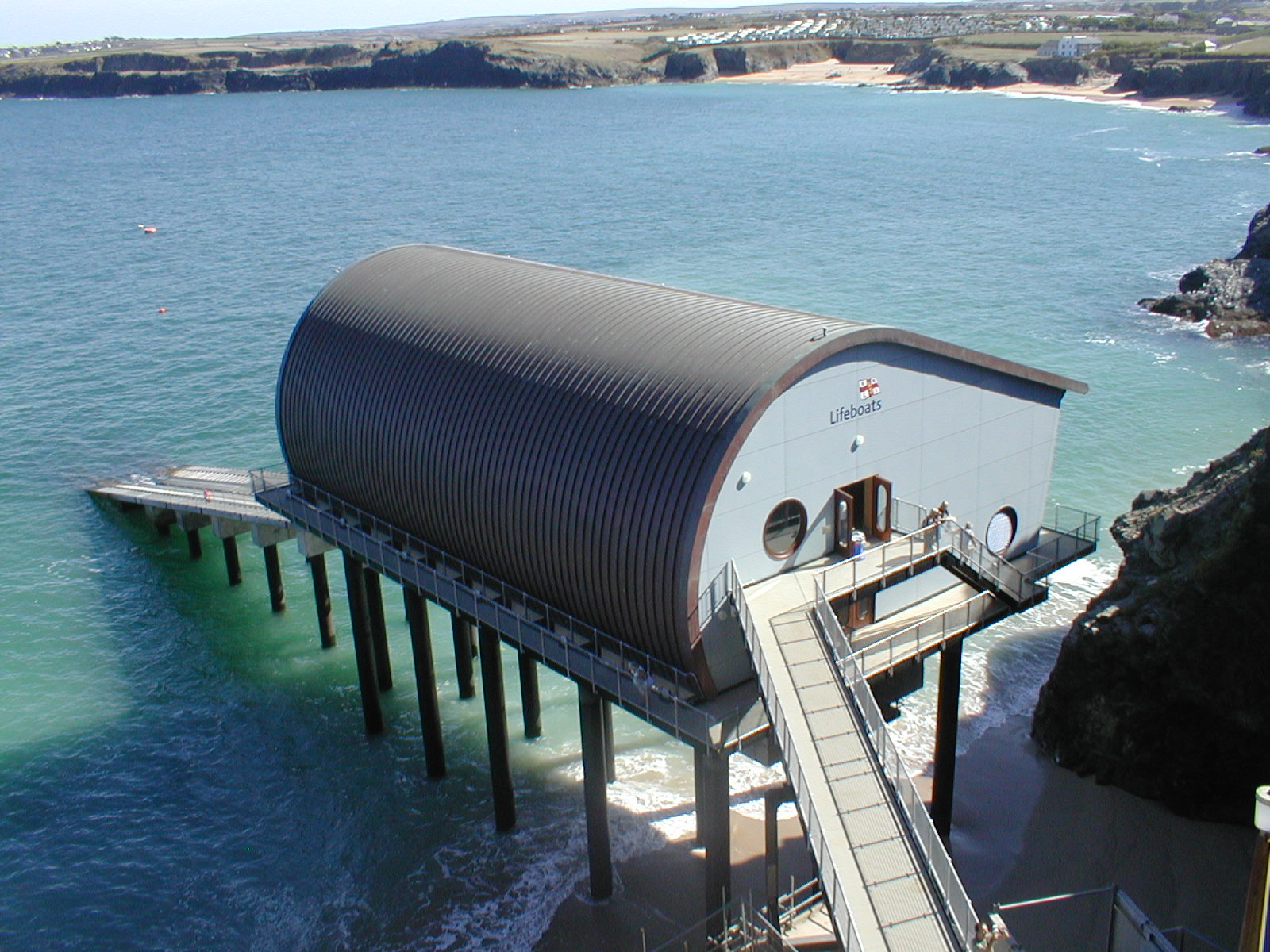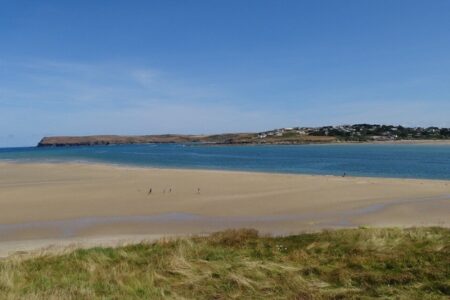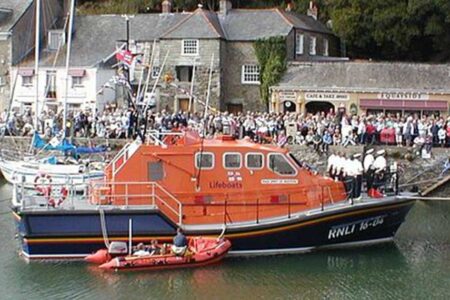With the longest coastline of any county in England Cornwall naturally has a strong tradition of seafaring but with the freedom and food that the sea provides comes perilous risk. The shores of the Cornish coast are littered with innumerable shipwrecks and the entrance to Padstow Harbour and its notorious Doom Bar was certainly no stranger to these disasters with an estimated three hundred wrecks in less than one square mile. It is little wonder then that some of the first lifeboat services in the UK were established in Cornwall.
RNLI
The RNLI, then the Royal National Institution for the Preservation of Life from Shipwreck, was officially established in 1824 but Penzance had had a lifeboat since at least 1803. The first lifeboat at Padstow came in 1827. The aptly named Mariner’s Friend was just 23ft long and rowed by four oars. At first she was stored outside on the quay before a house was built for her at Hawker’s cove.
Within just a few years this little boat and the men that crewed her had taken part in a number of dramatic rescues. On 29th November 1833 the brig Albion on its way to London ran onto the dreaded Doom Bar in a violent gale. Her entire crew were saved by the Mariner’s Friend. William Gyles, a local captain, was the first man in Padstow to be awarded a Silver Medal by the RNLI for his part in the rescue. Then three years later almost to the day, 30th November 1836, there was another severe storm and this time two ships came to grief. Both had been trying to run for Padstow’s harbour on the ebb tide but crosswinds caused the two vessels, the Britannia and the Jane, to collide and become locked together. The ships were soon stranded on the Doom Bar in horrendous seas. Lifesaving Rockets were fired but were unsuccessful at reaching the stricken crew. Tragically those on shore watched as seven men were thrown overboard and drowned. Finally in a feat of real heroism the Mariner’s Friend rowed out into the heavy seas and managed to save the remaining crew.
Bravery, sacrifice and dedication of the lifeboat crews
Since those early days the Padstow lifeboat has obviously changed a great deal as numerous advancements in technology were made. By 1929 the motorised lifeboat Princess Mary had arrived. She was then the largest oceangoing lifeboat anywhere in the country, able to carry over three hundred persons on rescue missions. But during the years that have passed one thing has remained constant – the bravery, sacrifice and dedication of the lifeboat crews. Padstow’s lifeboats have taken part in numerous missions, saving countless lives and have quite rightly been frequently awarded for their bravery. We are truly proud of each and every one of them.


